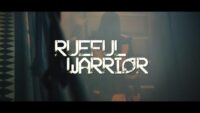Edward Scissorhands. The 1990 film directed by the eccentric Tim Burton and starring the equally unusual Johnny Depp as the title character, powerfully drove the story of an artificially created human with scissors for hands. He lives alone in a German Expressionism-inspired dark, gothic-like castle until he is found by a local Avon saleslady who decides to bring him home to her pastel-colored neighborhood.
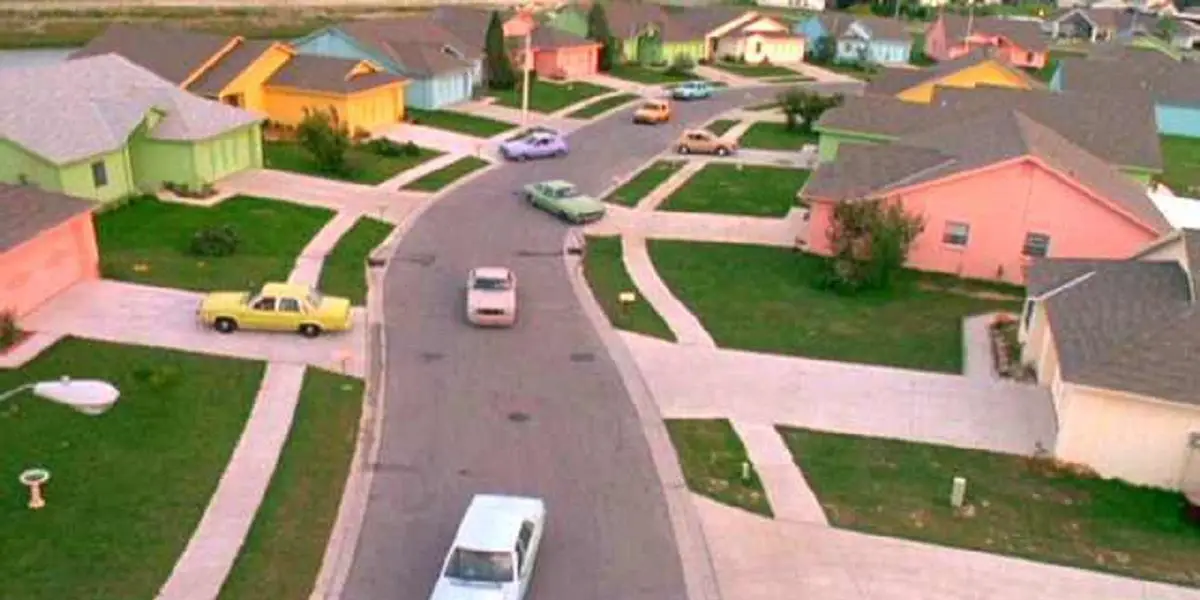
The transition leads to many revelations not only about Edward, but the neighborhood itself. At first, most residents accept the socially awkward and strange Edward as a part of their community. They are particularly impressed with his ability to turn their hedges in topiaries, render their dogs groomed to showbiz standards and create an entourage of hairstyles for the women of the neighborhood.
However, characters with less than honorable intentions lurk in the midst, and this is Edward’s downfall. Namely Jim, the boyfriend of Kim, daughter of the kindly Avon lady. Jim, jealous of Edward’s appeal to Kim, gets him framed for robbery. This leads to unfortunate incidents in which Kim and her brother are accidentally cut by Edward, leading the neighborhood to believe Edward is a danger to them all. Jim goes after Edward, who later kills him to defend Kim. A broken-hearted Kim, who has just confessed her love for Edward, saves him by telling the townspeople he and Jim killed one another, sparing Edward of any sentence bequeathed by the community that once treated him as their own. Edward is instead condemned to a life of loneliness, though a now-elderly Kim believes he still lives inside the castle walls, if the snow (which was once non-existent to their town) is anything to go by.
German Expressionism Influences The Plot
German Expressionism was an art movement in Germany that emerged during the first World War. It was a means to demonstrate the daily realities of the people and their suffering due to the atrocities of war. Some of its characteristics included casting long shadows, odd angles, details in the set invoking deep emotion from the audience, and contrasts in black and white (when German Expressionism first came to be, color was not yet used in film).
In the case of Edward Scissorhands, there are many examples from the film to support its use of German Expressionism. Mise-en-scéne strongly enhanced the film’s look, evoking a sense of mystery and wonder, for one. Its set design was peculiar, offering a stark contrast between the distorted Gothic castle and the colorful vibrancy of the cookie-cutter neighborhood that existed below.
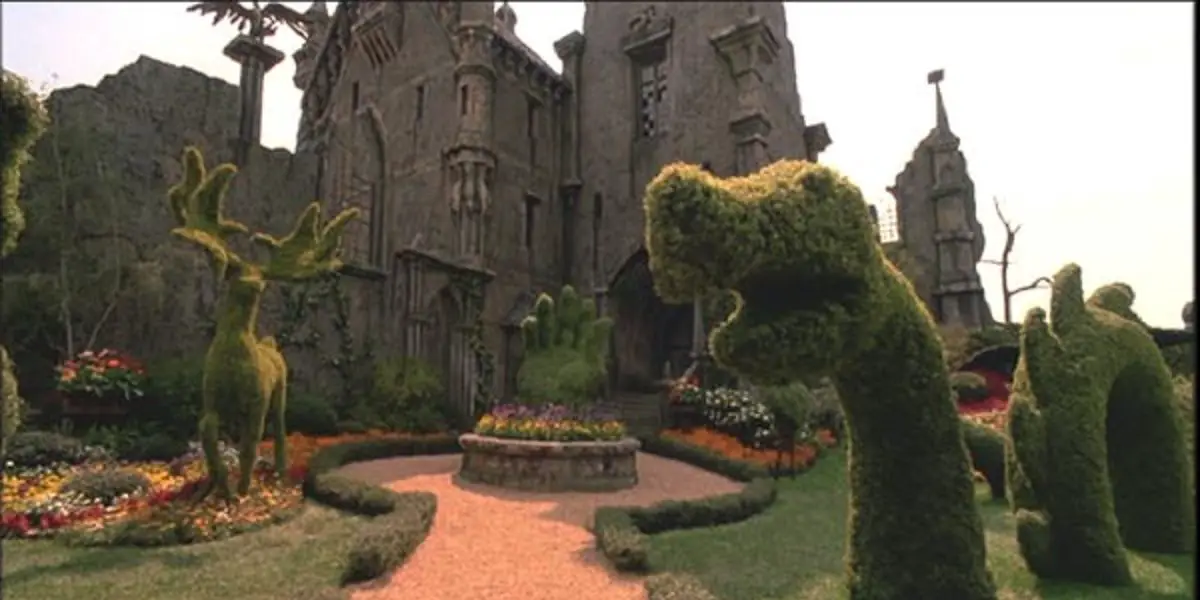
The long shadows and odd angles are perhaps most evident in the case of the castle in which Edward resides, rendering it his personal asylum of sorts (especially in the film’s ending, where he must live out his days in isolation or else face persecution). This adds to the castle’s overall spookiness and intimidating quality, as few dare to approach it. The staircase inside is curved and uneven, a popular symbol in German Expressionism. The neighborhood in which Kim and her family reside is curved as well; however, while it initially looks even, it really isn’t given its twisted nature. Meanwhile, outside the dreary castle walls lies a beautiful landscape featuring vibrant flowers and topiaries. This clear disparity demonstrates a sense of internal conflict of sorts between who Edward thinks he is, and who he wants to be.
Perhaps the best example to evoke the deepest of emotions from the audience are the topiaries and Edward’s ice sculptures. You won’t find a single person who doesn’t remember Kim’s ice dance; a display of a moment of pure serenity and happiness. The topiaries are beautiful and complex, suggesting there is more to Edward than meets the eye. Edward’s look itself is a perfect example of German Expressionism: dark, messy black hair meets a strikingly contrast pallid complexion. Not to mention his black outfit. The contrast of black and white work with one another to create the perfect Edward: a tortured soul that wants to be more, but can’t fit in any one place.
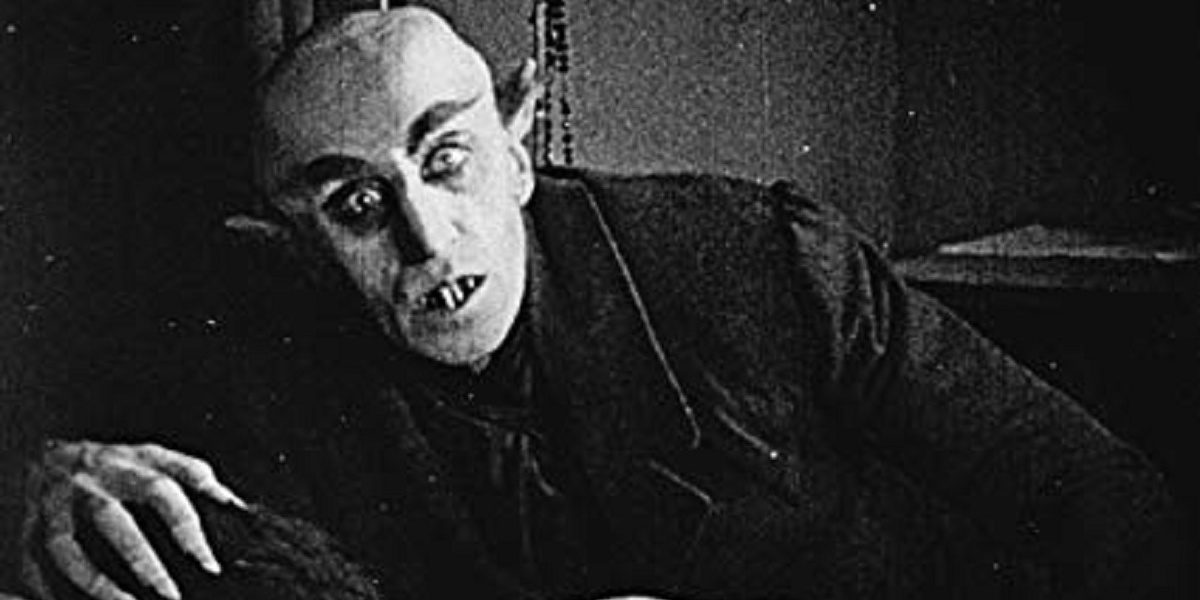
Take for example the character of Count Orlok in another famous German Expressionist film, Nosferatu. Oddly shaped head, crooked and misshapen teeth, haphazard ears all make for odd angles. Pale skin paired with a dark outfit and equally dark eyebrows. Each of these qualities contributes to his grotesque appearance. When we look at Edward’s appearance just as closely, we see the similarities in the choice of clothing and physical looks. The scars on Edward’s face add a distorted entity to the character, adding to the mystery and allure of him as a character. Allure because, well, we tend to be fascinated by what we perceive as untraditional.
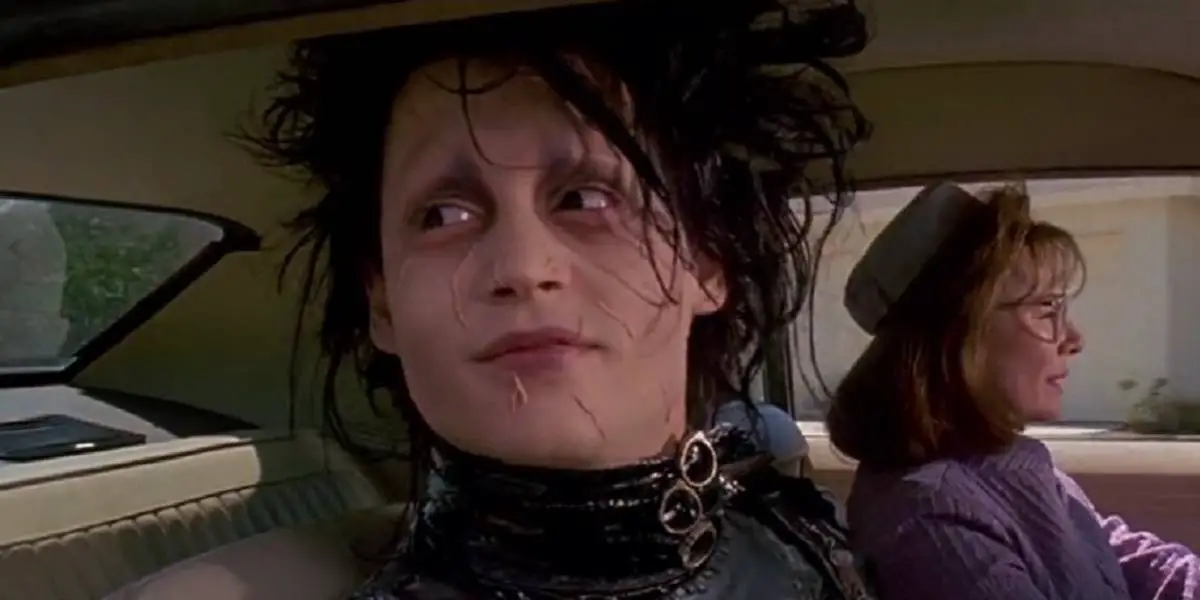
How German Expressionism Adds To The Film’s Meaning
Edward’s look is one of the most powerful forces in the film. Some accept him because he is something new and unknown; others fear him for the same reasons. This emphasizes the unpredictability of humans. What will be accepted, and what will be cast aside? No one knows. It may or may not work. In Edward’s case, it didn’t completely work, even if he left a lasting impression on Kim. Still, at least Edward knew, even if for the briefest of times, what it was like to be accepted by a community and loved by another.
The striking difference between the castle and the vibrant neighborhood is another significant factor in the film’s meaning. It can be a multitude of things, sure, but we’re covering a portion of those ideas here. The neighborhood is seemingly pawned off as being perfect and manicured to the standards of The Stepford Wives. It’s as though the neighborhood is afraid of anyone truly being themselves, lest they invite something taboo into their neighborhood or face an unforgiving scandal. Meanwhile, with the castle, what you see is what you get. There are no secrets or surprises; it’s easy to interpret the castle’s vibe based on its look.
The honesty of the castle clashes with the dishonesty of the neighborhood in this way. The mentality of the townspeople is conflicting as well: they are supportive of Edward’s presence until he no longer serves whatever purpose they dreamed he would. People easily begin to suspect his character until he is driven from town in archaic irony, where he will sadly live out the rest of his days alone.
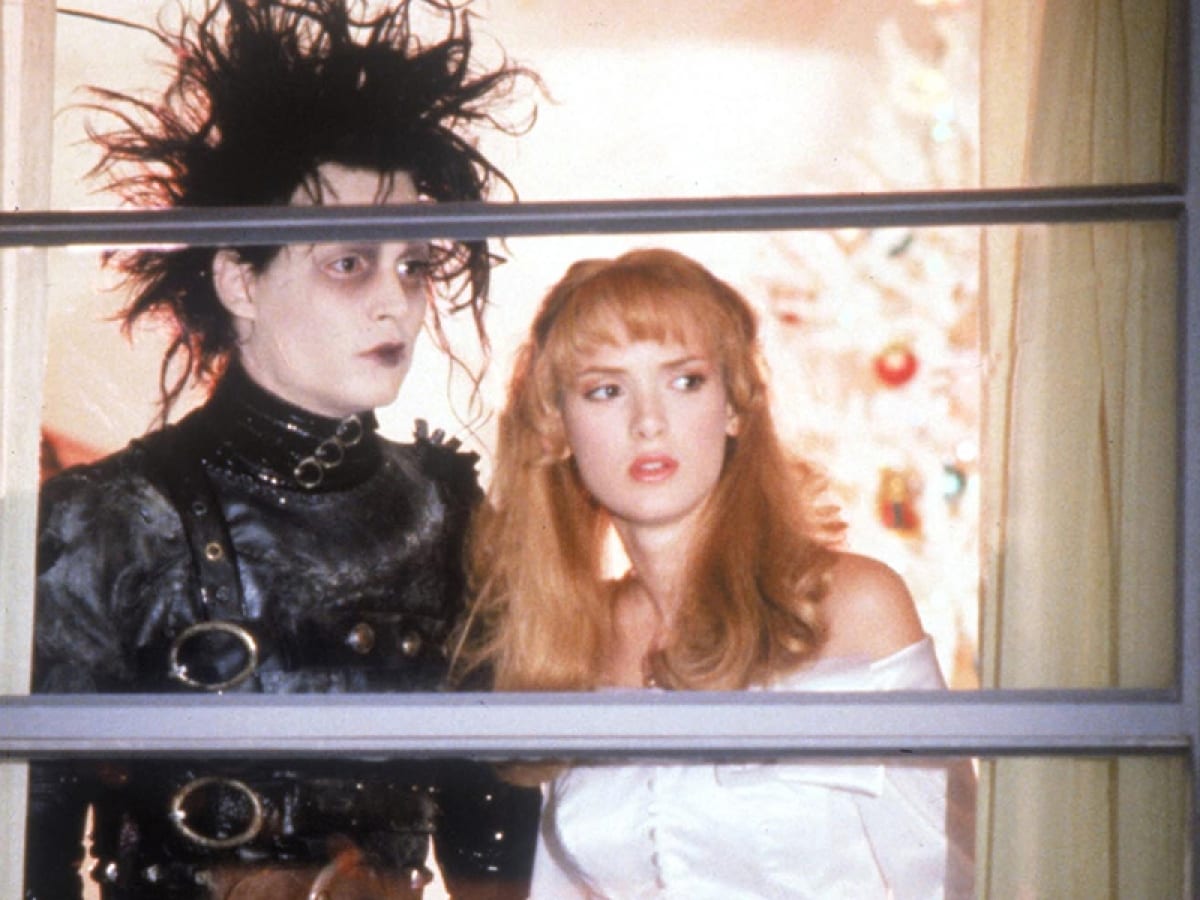
On one last note, we leave you with this idea: Edward is more human than the humans themselves. Though artificial and bearing scissors for hands, Edward is more genuine with people than most characters in the film. Edward, though he may be unfamiliar with society and their reality, doesn’t masquerade as someone he is not. Unfortunately, the townspeople have given Edward a short leash in which to test their patience, and when Edward accidentally gets caught in bad situations at the wrong time, that leash is cut. Like robots, most of the townsfolk rally together to drive out their town’s Boo Radley. As though the townsfolk are mindless, they seek revenge instead of answers. If not for Kim, they would have succeeded.
Kim, however, expresses the greatest lesson of all: humanity is complicated. Humans aren’t always rational, and more often than not we allow our emotions to get the better of us. We lie, we cheat, we pretend to be what we are not. Kim, however, learns by the end to be herself and to love who she wants—even if she doesn’t get the love of her life, it was better to have loved Edward than to have never loved at all.

